Engineers create a device that can focus light into a point of just a few nanometers, with applications in computing, communications, and imaging.
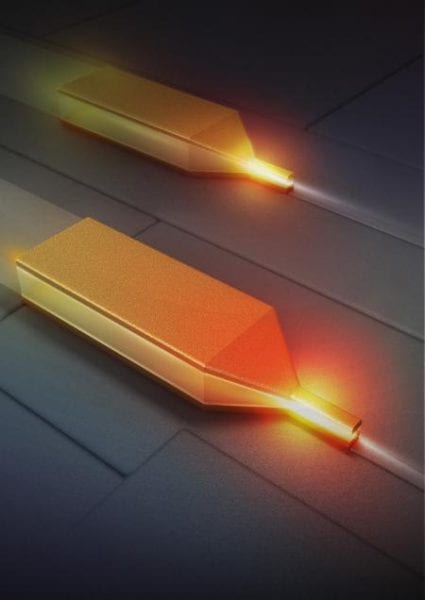

Engineers create a device that can focus light into a point of just a few nanometers, with applications in computing, communications, and imaging.
A state-of-the-art welding process refined for use in naval shipbuilding by the Office of Naval Research (ONR) has crossed over to the world of computing.
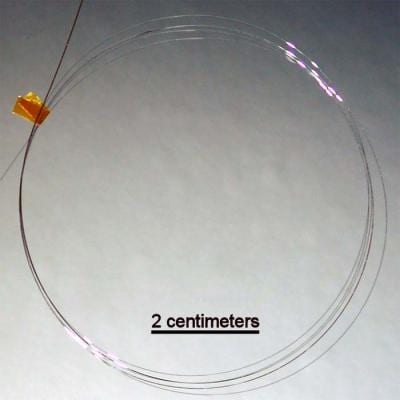
Researchers make a fiber out of crystalline silicon semiconductor materials that can function as a solar cell.
Purdue and Harvard researchers create stackable indium-gallium-arsenide transistors.
Monash researchers have taken inspiration from one of the oldest natural materials to exploit the extraordinary qualities of graphene.
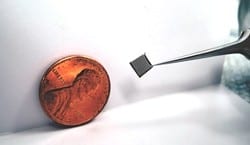
New breed of micro fuel cell could serve as a long-lasting, low-cost, and eco-friendly power source for portable electronic devices.
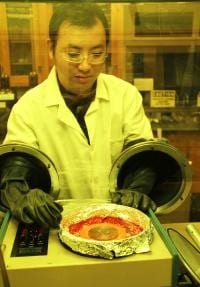
US researchers have discovered new ways of using a well-known polymer in organic light emitting diodes.

Special edition of steel research international published, containing papers presented at the 14th Metal Forming International Conference.
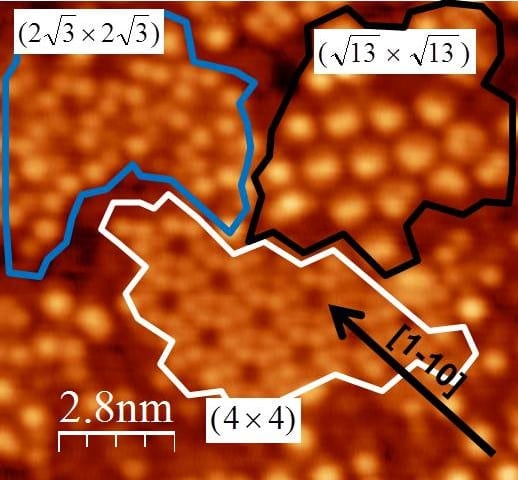
The next generation of computing could be performed with silicene, an atomically thin form of silicon which could revolutionize electronics.
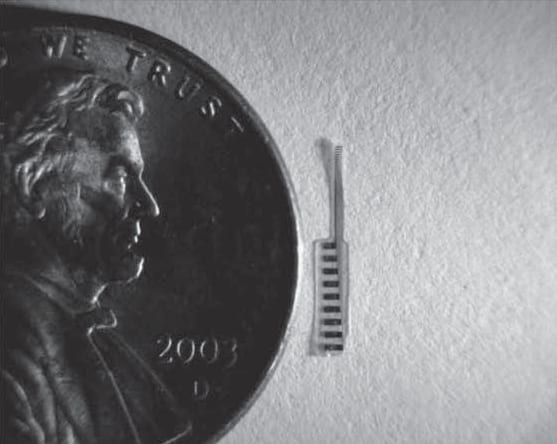
University of Texas researchers develop materials that are stiff for initial implantation, and then soften to better match the mechanical properties of brain tissue.